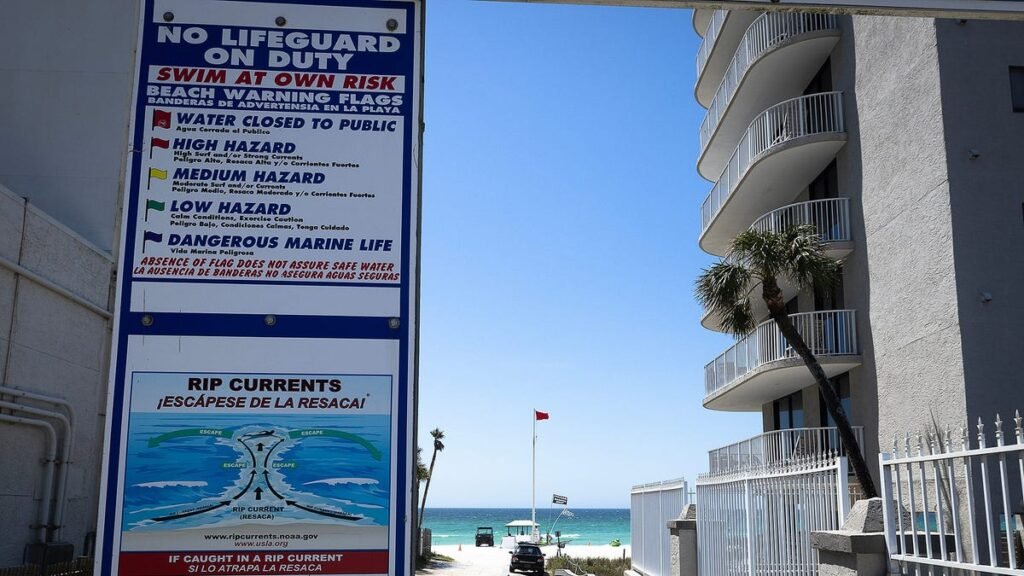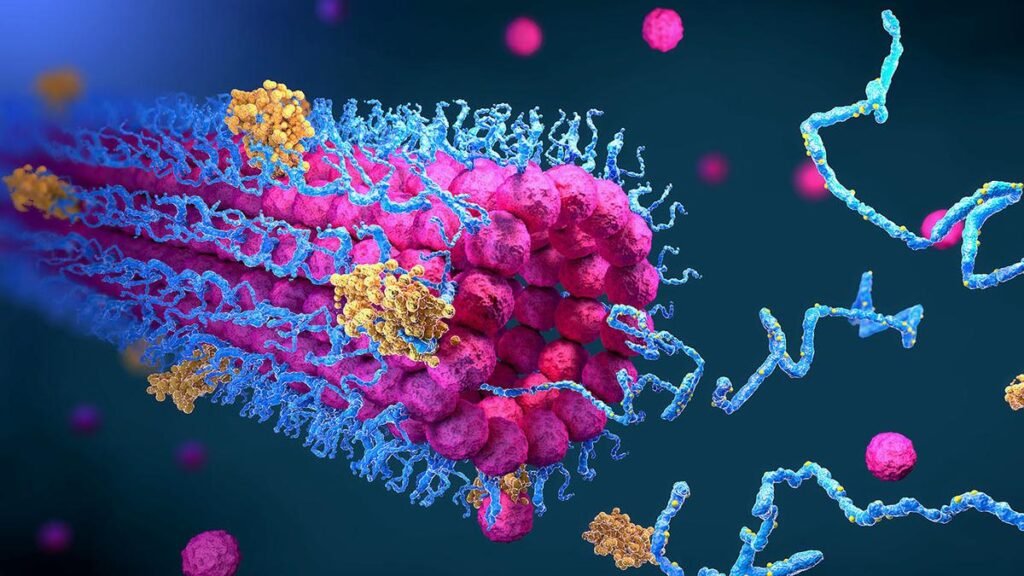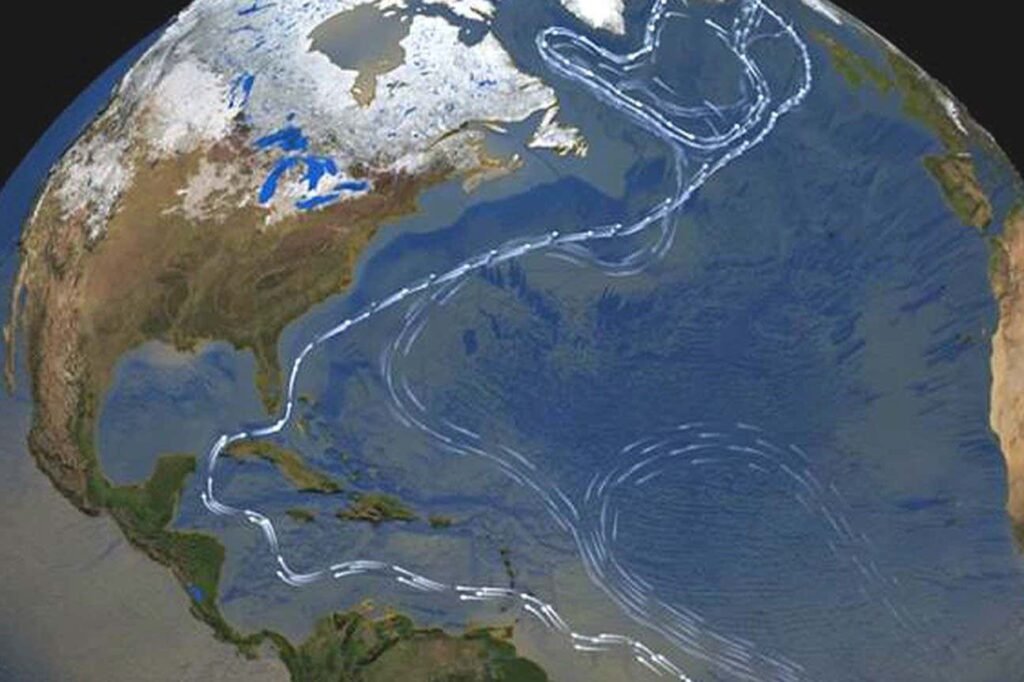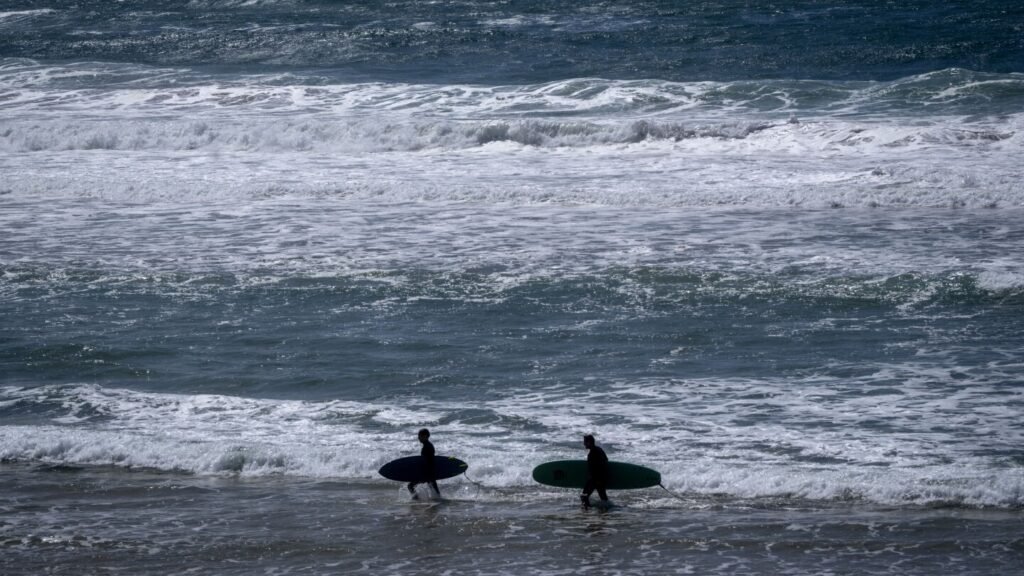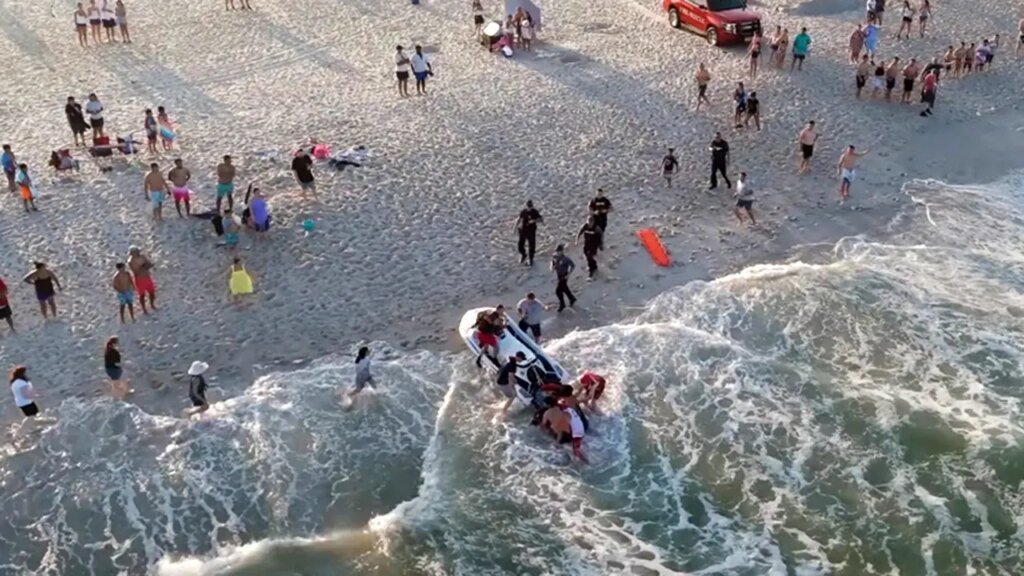Now Reading: Hurricane Erin may bring dangerous surf from Florida to New England
-
01
Hurricane Erin may bring dangerous surf from Florida to New England
Hurricane Erin may bring dangerous surf from Florida to New England
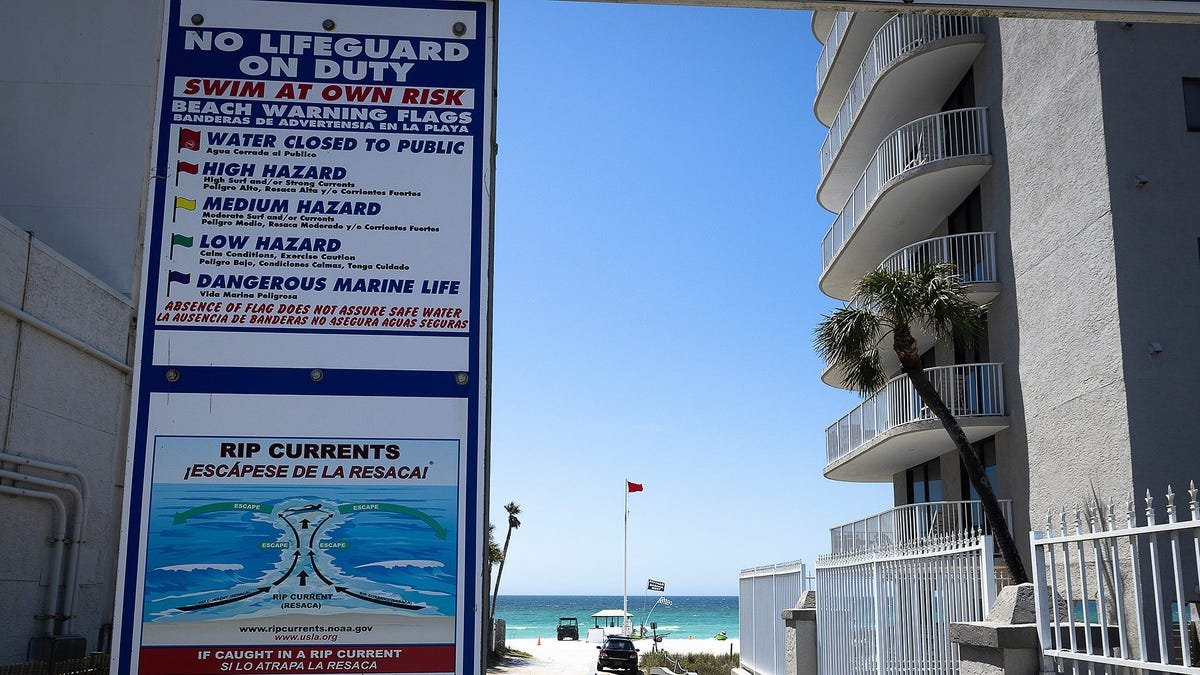
The August weather might seem ideal for a beach trip, but Hurricane Erin will bring widespread danger in coming days.

Hurricane Erin expected to become Category 5 near Caribbean
Hurricane Erin now has winds of 155 mph and continues to head to the west-northwest as it strengthens into a Category 5 storm.
The Weather Channel
Hurricane Erin strengthened into a monstrous Category 5 storm in the Atlantic Ocean on Aug. 16, and is expected to bring widespread danger along the East Coast, even if it isn’t forecast to make landfall.
Rough ocean conditions are likely to cause life-threatening surf and rip currents in the coming days, according to the National Hurricane Center. The rip currents were causing moderate risk on Aug. 16 in northeastern Florida, but could increase along the East Coast of the United States early next week, said the National Weather Service office in Jacksonville, Florida.
AccuWeather senior meteorologist Dan Pydynowski told USA TODAY dangerous surf conditions could reach as far as New England beaches, even as the hurricane is expected to avoid making landfall.
The late-summer weather might seem ideal for a beach trip, but these conditions are when rip current fatalities tend to occur, said National Hurricane Center Director Mike Brennan. Rip currents might not be visible from shore, and they can appear suddenly. Beachgoers should swim near lifeguards and pay attention to warnings.
Rip currents are fast-moving channels of water that flow away from shore. In doing so, the currents drag swimmers out into open waters. People can then become exhausted and drown. The narrow, strong currents flow quickly, faster at times than an Olympic swimmer, and perpendicular to the coastline.
Rip currents cause the majority of deaths among beach swimmers each year, according to the National Oceanic and Atmospheric Administration. Of 52 identified surf zone deaths in 2025 to date, nearly half were caused by rip currents. Since 2010, over 800 people have died in rip current drownings.
What to do if you get caught in a rip current

How to identify and avoid rip currents
This National Oceanic and Atmospheric Administration video explains how to recognize and avoid rip currents.
Provided by NOAA
If you get caught in a rip current, the best thing to do is remain calm. Currents won’t pull you underwater, but away from shore. So people shouldn’t swim against the current, which puts them at risk of tiring out.
Instead, you should swim parallel to shore and then swim back at an angle when you’re free of the rip current.
What if someone else is caught in a rip current?
Plenty of people drown trying to save others caught in a rip current. If someone is struggling, NOAA’s Rip Current Survival Guide recommends you try to get help from a lifeguard. You can also throw a floatable device to the person who needs it while you get a lifeguard.
But amid a nationwide shortage of lifeguards, if there isn’t a lifeguard present, call 911. Try to direct the person to swim parallel to shore to get out of the rip current.


